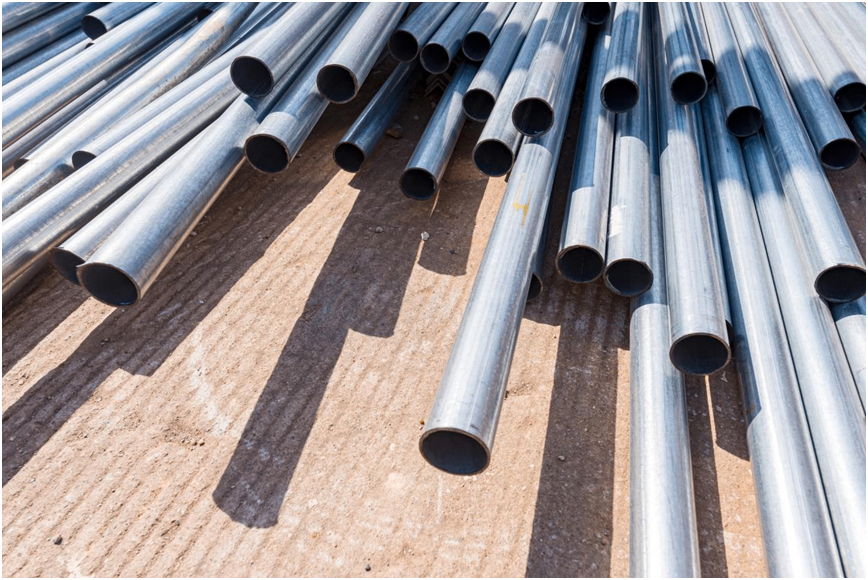On May 30th, local time, Trump announced during a visit to a steel mill in Pittsburgh that he plans to double the US steel import tariff from 25% to 50%, saying that the tariff increase will "further safeguard the security of the US steel industry". In a post on Truth Social after the evening event on May 30th, Trump said that the increased tariff rate will take effect on June 4th.
Image Source:699pic.com
According to the data of the American Iron and Steel Institute (AISI), Canada is the largest steel supplier to the United States. Last year, it exported 6.6 million tons of steel to American buyers. Brazil, Mexico, South Korea, and Vietnam are among the top five sources of imports. China is a relatively moderate supplier to the United States, exporting only 508,000 tons of steel to American customers, but it dominates the global steel industry and is the target of higher tariffs.
According to the data of the Organization for Economic Cooperation and Development (OECD) in Paris, by 2023, the excess steel production in the global market will reach 551 million tons, four times the output of the European Union. This excess supply puts pressure on global prices, resulting in prices being too low for US steel manufacturers to make a profit without tariff protection.
Looking back at the policy track, on March 12th, 2025, the Trump administration imposed a 25% tariff on all imported steel and aluminum, which led to strong opposition and retaliatory measures from trade partners such as Canada and the European Union. Canada promptly took counter - measures, announcing on March 12th that it would impose retaliatory tariffs on $29.8 billion worth of US goods and filed a complaint with the WTO. The background of this escalating trade confrontation provides policy continuity for the tariff increase on May 30th.
According to the World Metal Bulletin, about 17% of the US steel demand depends on imports, most of which come from Canada, Brazil, and Mexico. Facing a 50% tariff barrier, the North American Automobile Manufacturers Association has urgently convened a meeting to discuss how to re - configure the regional supply chain. A Canadian auto parts manufacturer, who asked not to be named, said that its US customers have asked to advance the original order delivery in July to June 3rd (before the tariff takes effect). This sudden import may lead to the distortion of customs data in the short term. The US steel imports in June 2025 may show an abnormal increase statistically, and then decline sharply.
Integrated steel mills such as US Steel are expected to gain a significant advantage, and their idle capacity (the current utilization rate of crude steel capacity is 65%) is expected to be restarted. The Mon Valley Works of US Steel, which Trump visited, will receive a $2.2 billion investment from Nippon Steel to increase its capacity. In contrast, small electric arc furnace steel mills that rely on imported semi - finished steel products are facing severe challenges. The average selling price of steel in the short - process steel mill division of US Steel has dropped by 22.1% year - on - year to $761 per short ton in the first quarter of 2025. Facing the higher cost of imported raw materials, the profit margin of these enterprises will be further compressed. This structural change within the industry may lead to the further integration of the US steel industry and weaken market competition.
As the largest source of steel imports for the United States, Canada accounts for 20.5% of the US steel imports and will be most directly affected. In March 2025, Canada has imposed retaliatory tariffs on $29.8 billion worth of US goods, including $12.6 billion worth of steel products, $3 billion worth of aluminum products, and $14.2 billion worth of other products. After this tariff upgrade, Canada is likely to further expand its counter - measures. Other major steel - exporting countries such as Brazil and Mexico will also face a difficult choice: either seek tariff exemptions or bear the loss of market share. For China, although the steel directly exported to the United States only accounts for 0.8% of China's total exports, the entrepot trade may be affected. In particular, the position of Vietnam as an important source of steel imports for the United States will be challenged.



